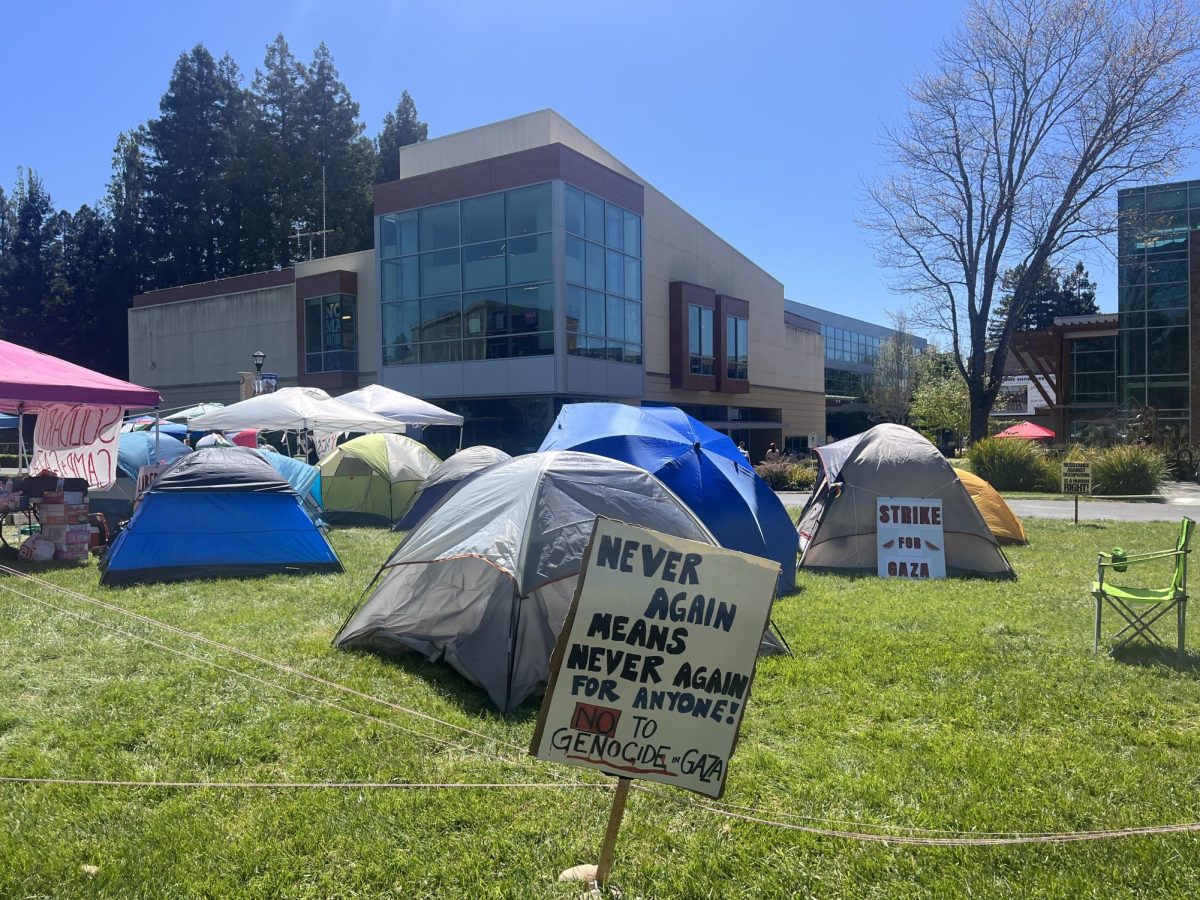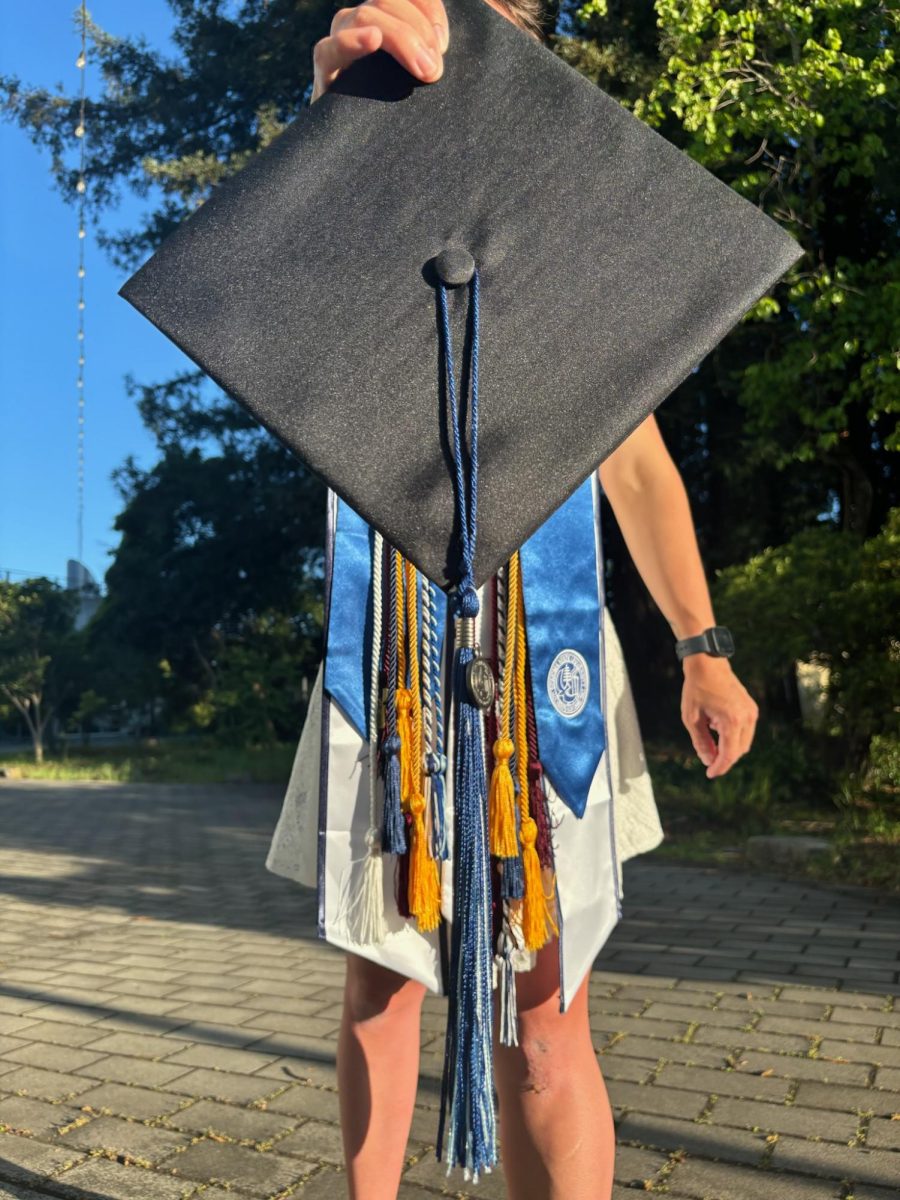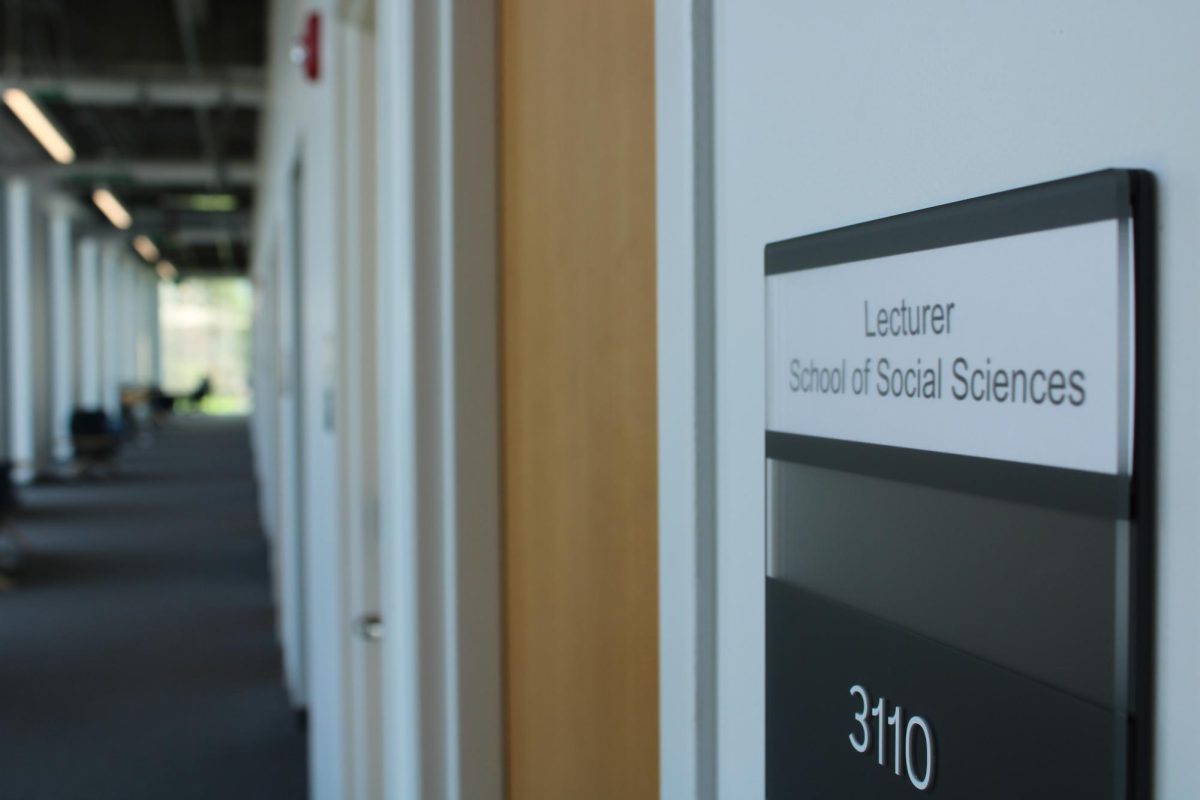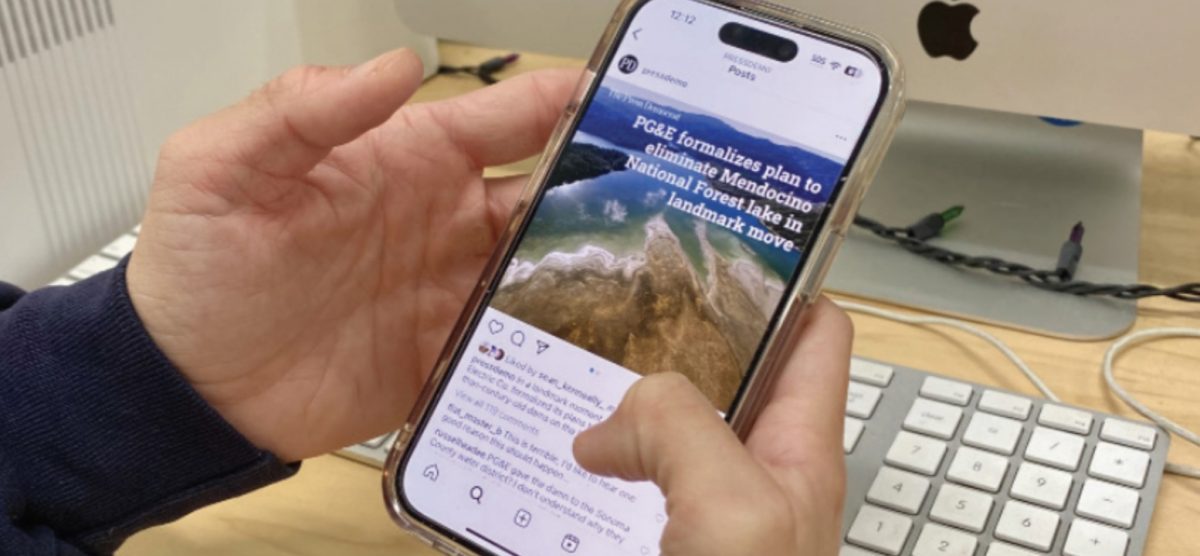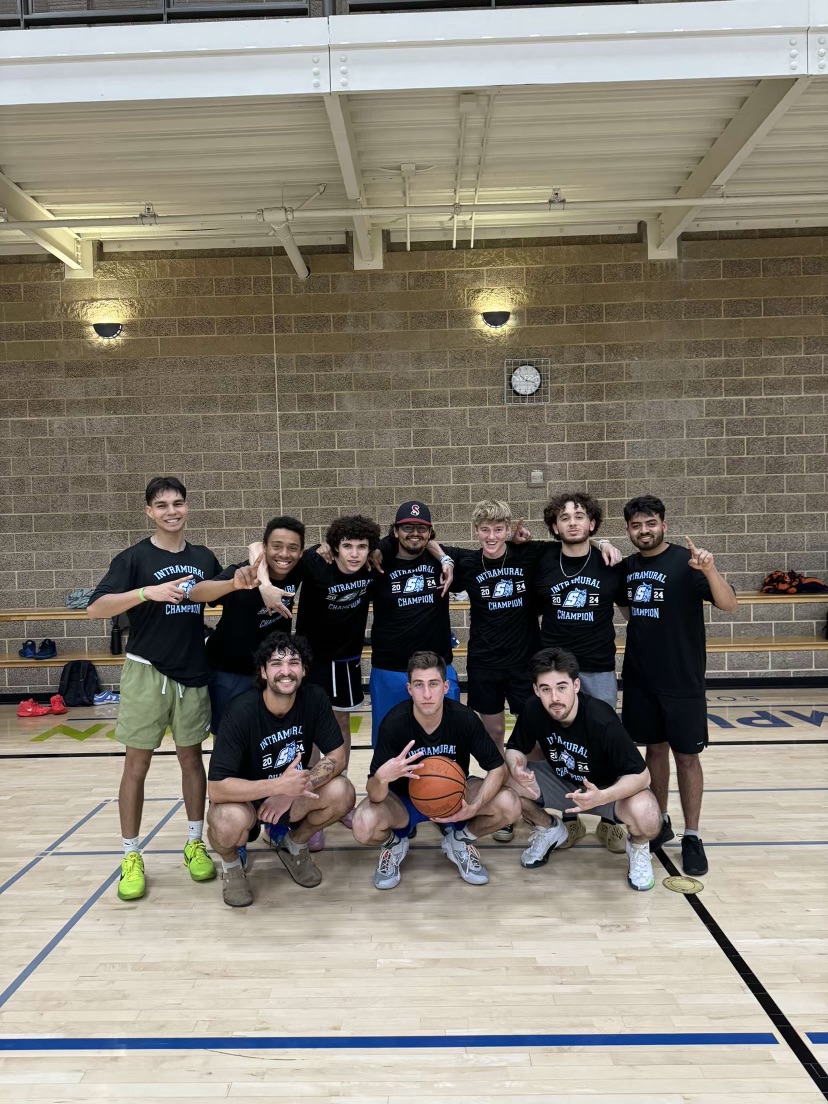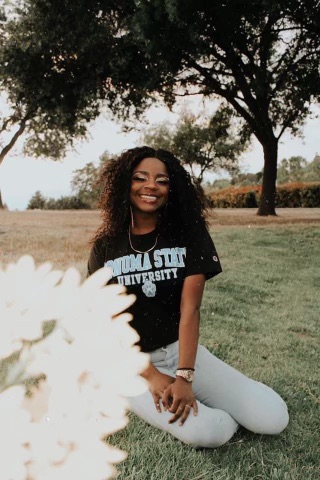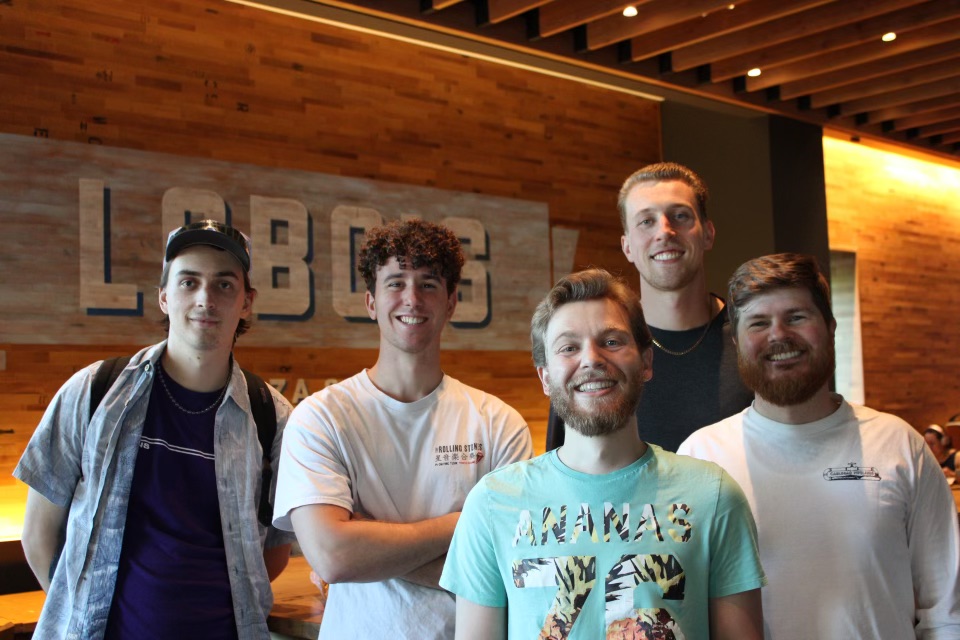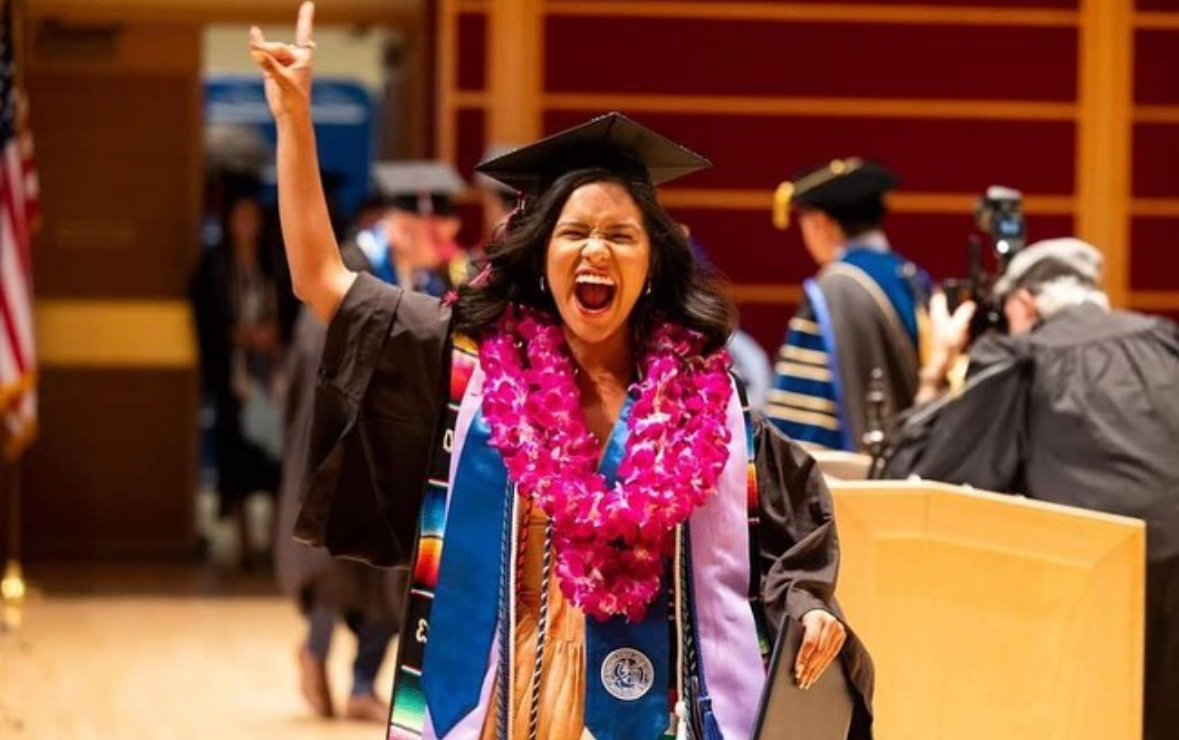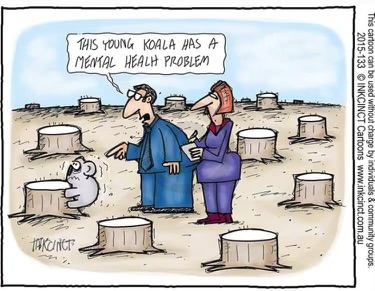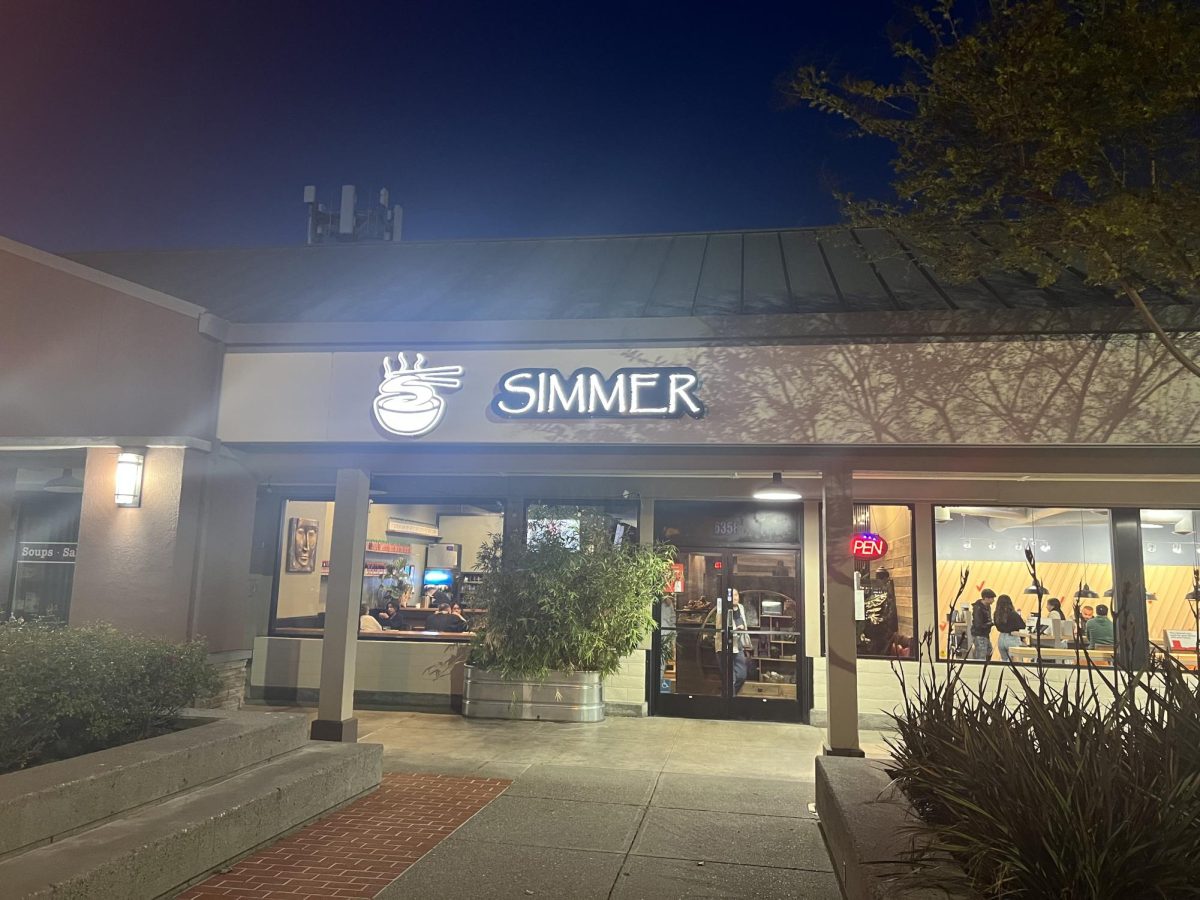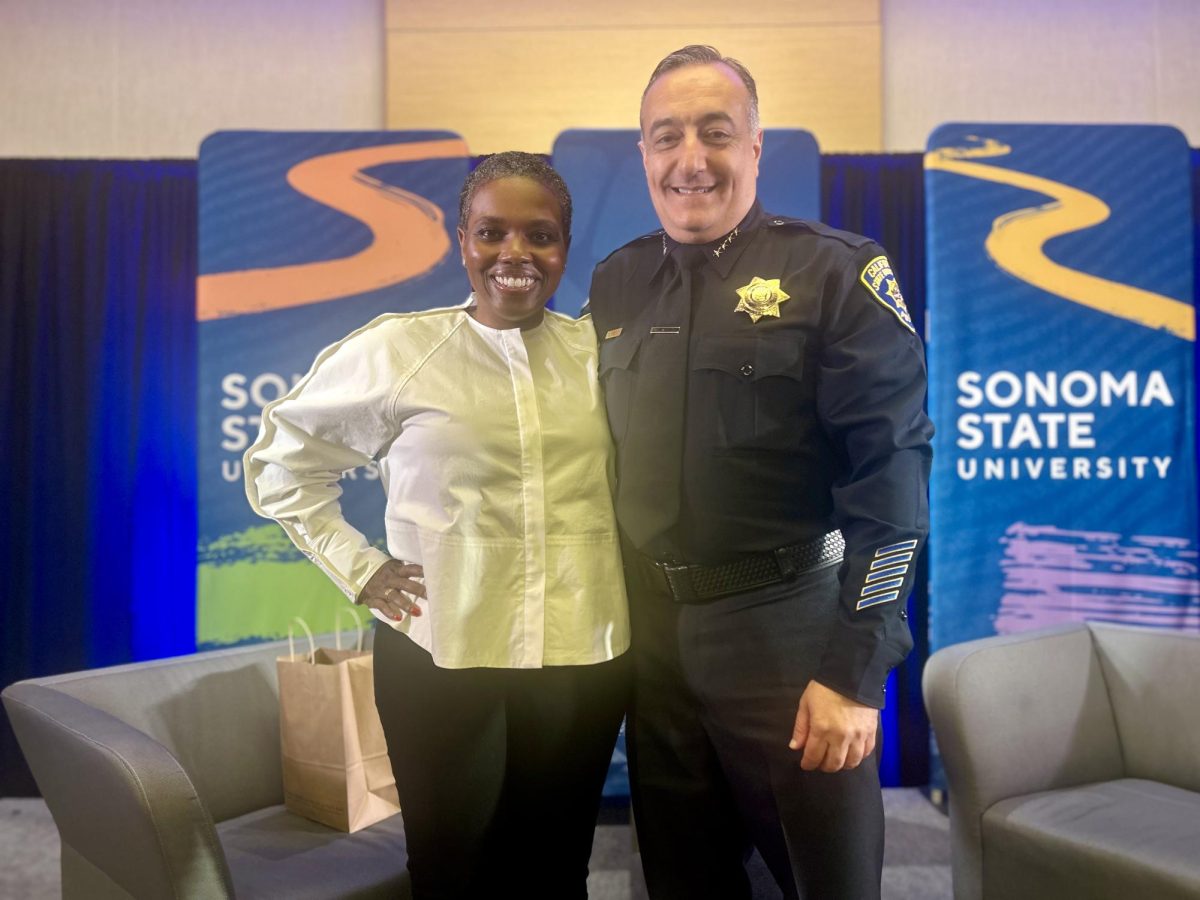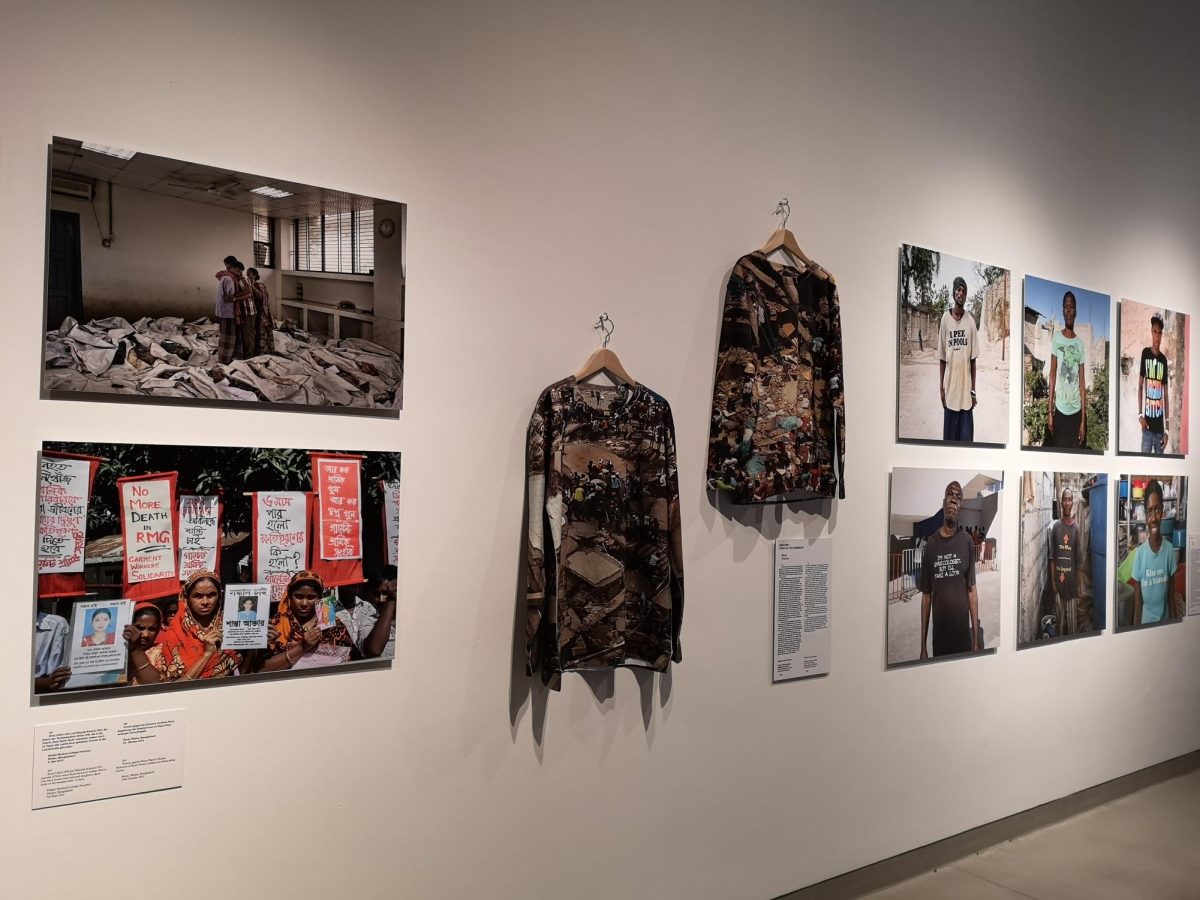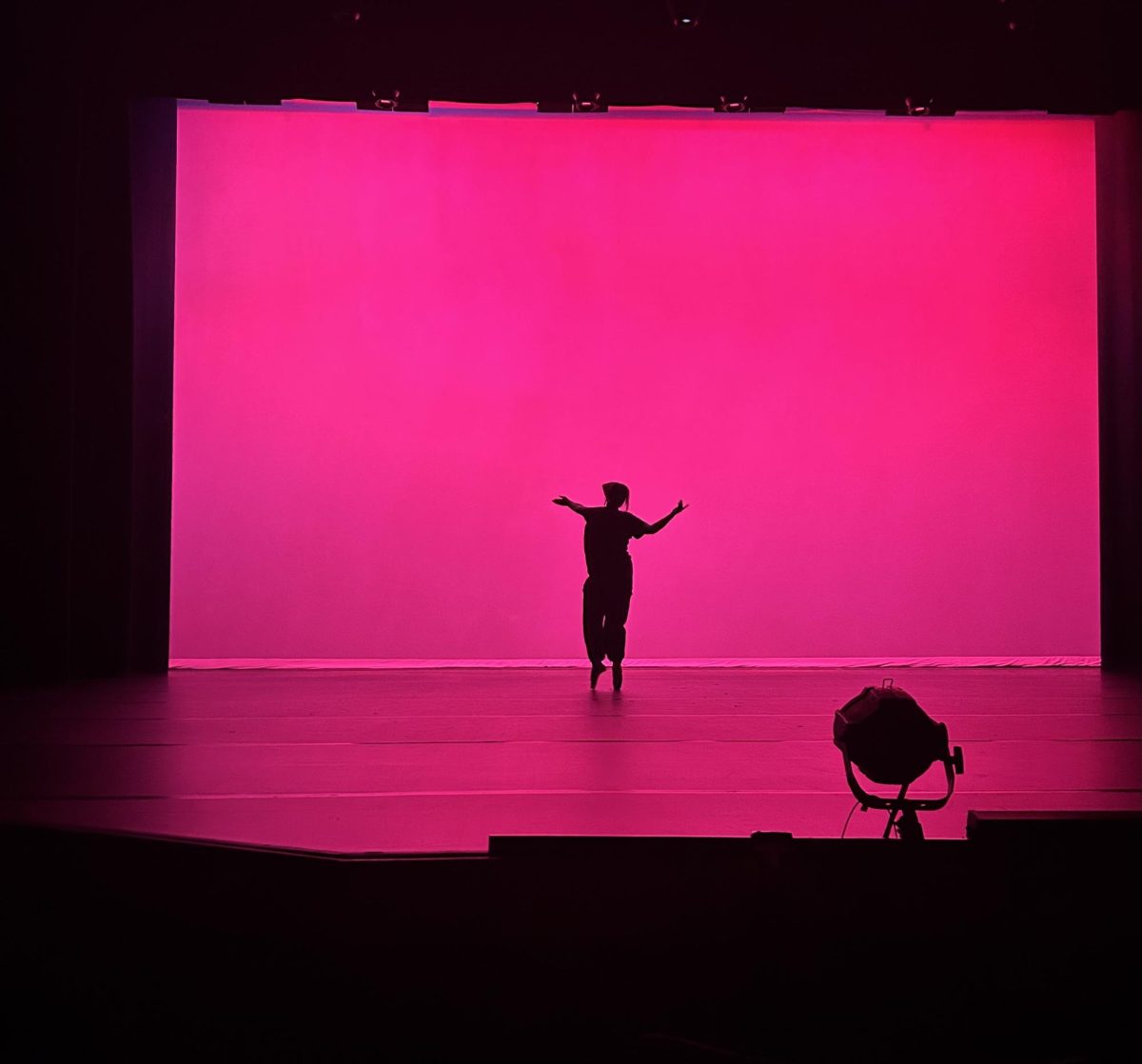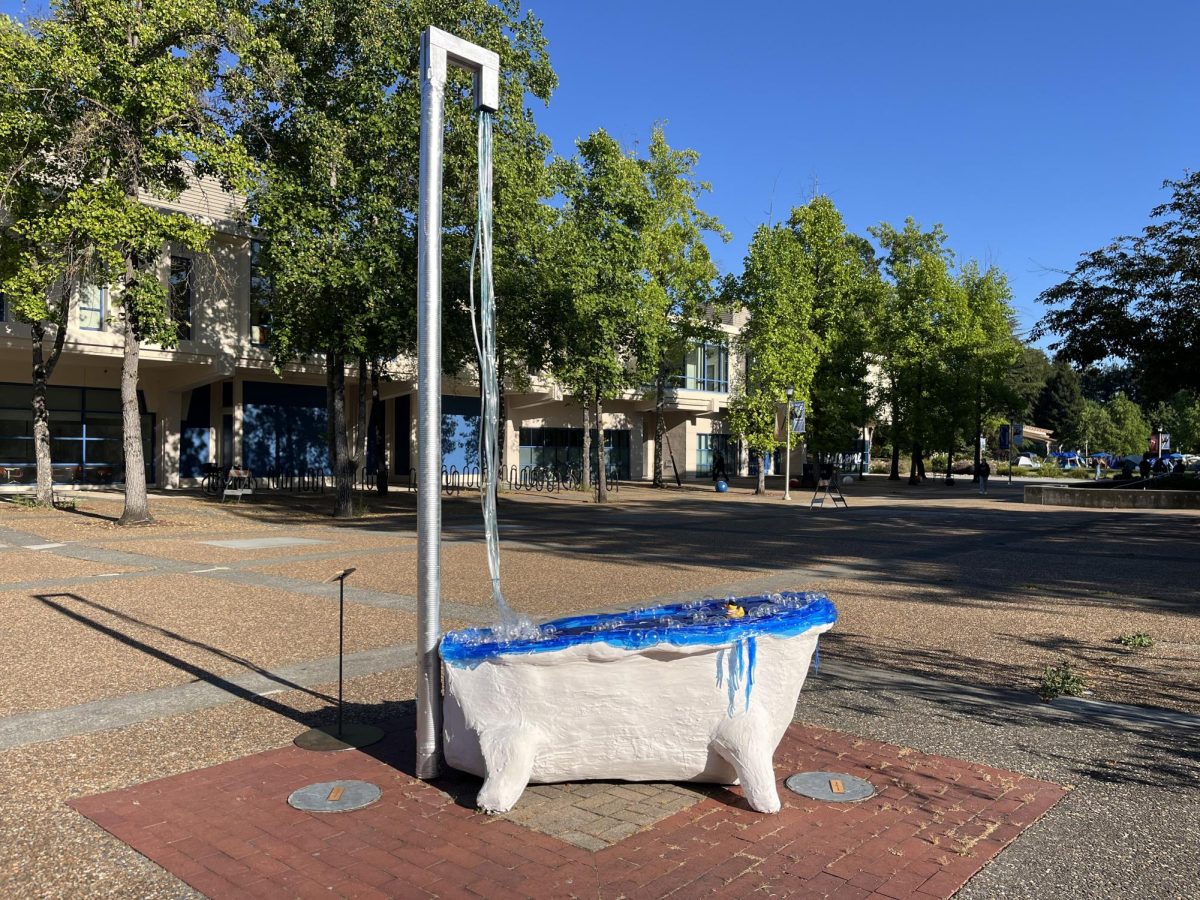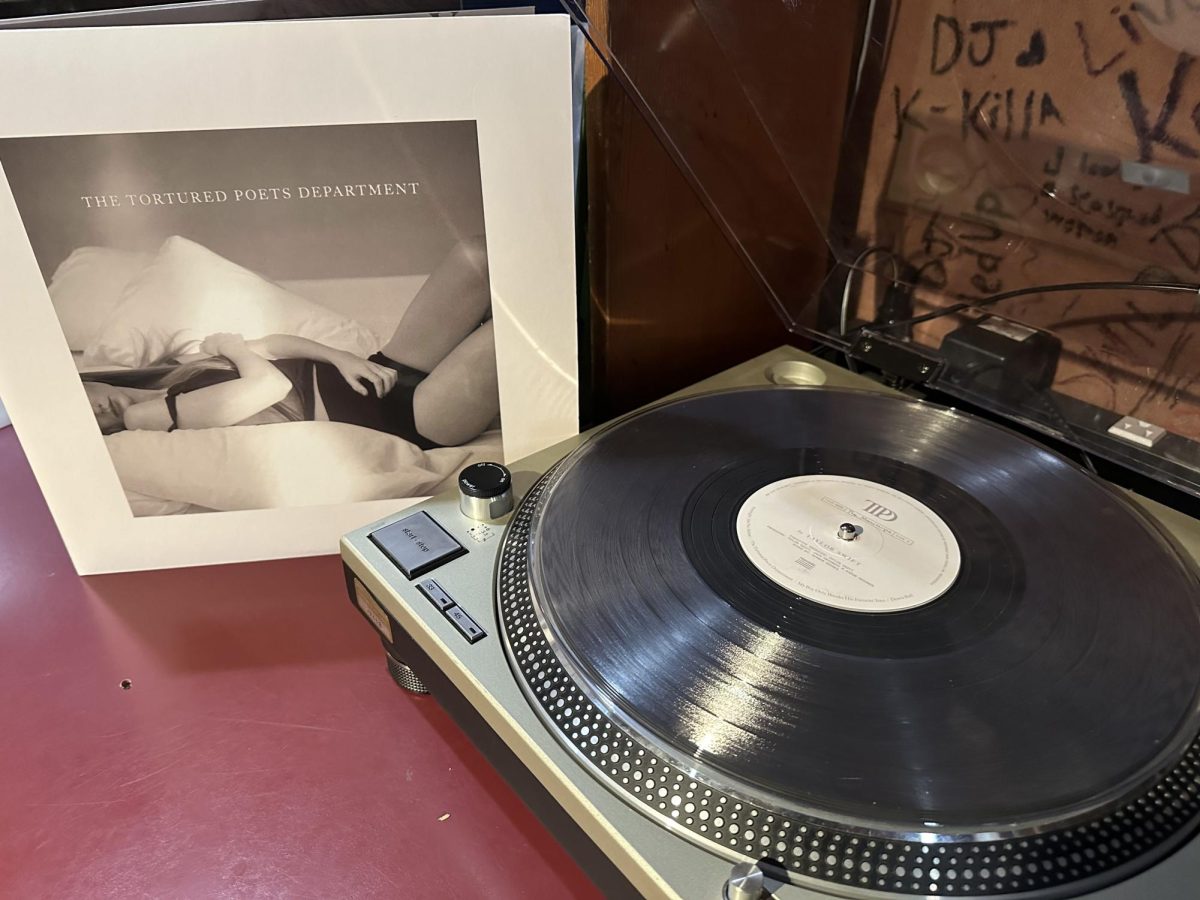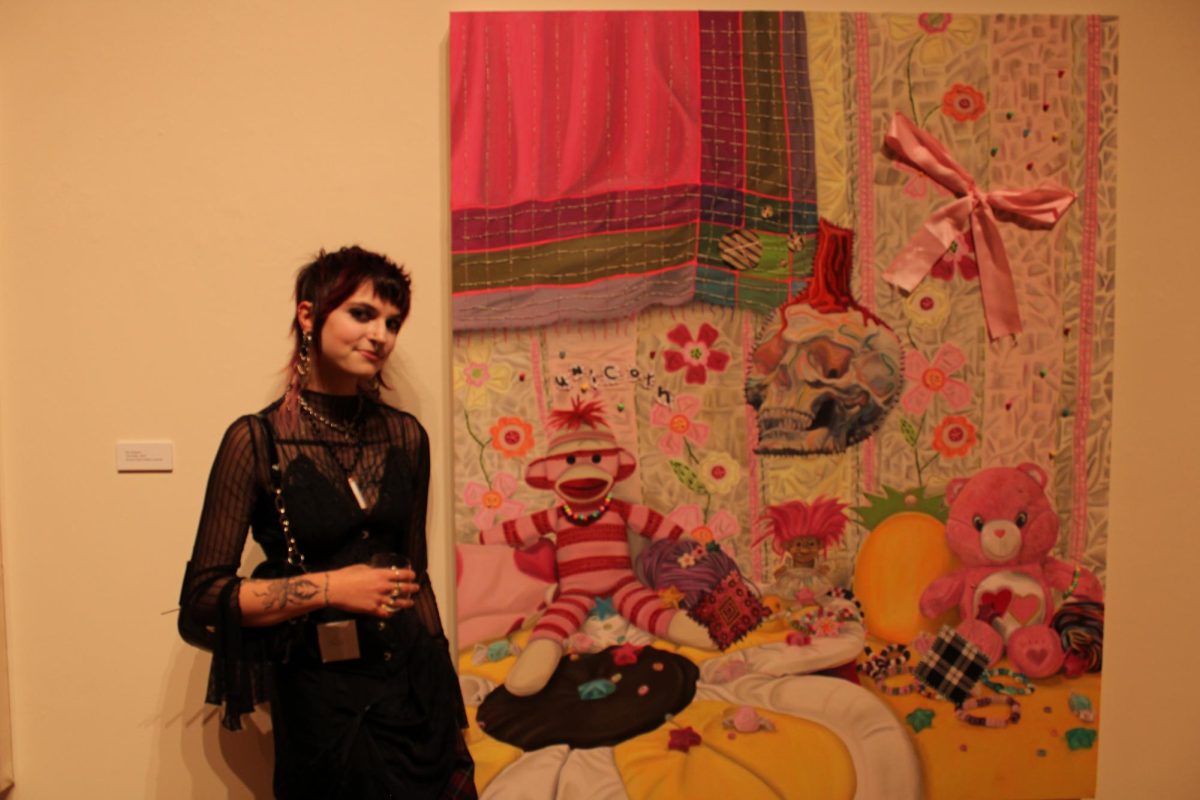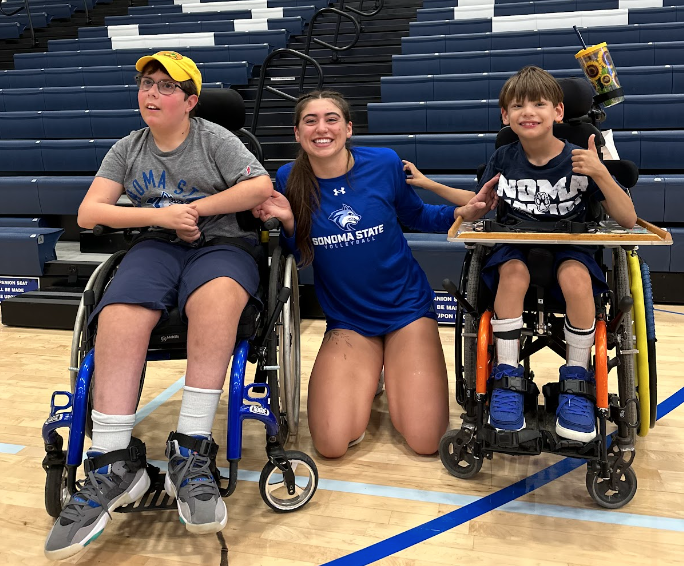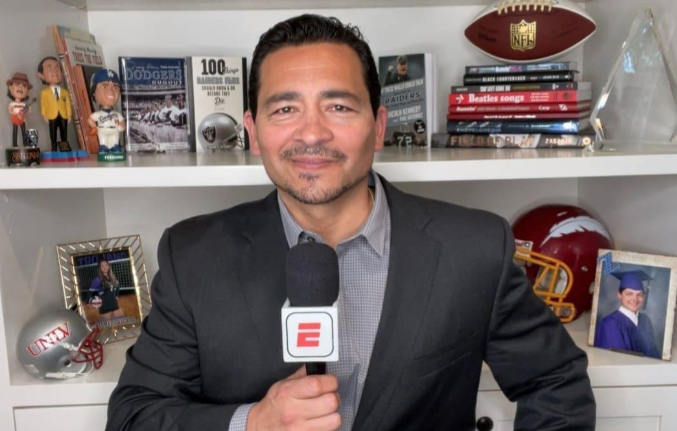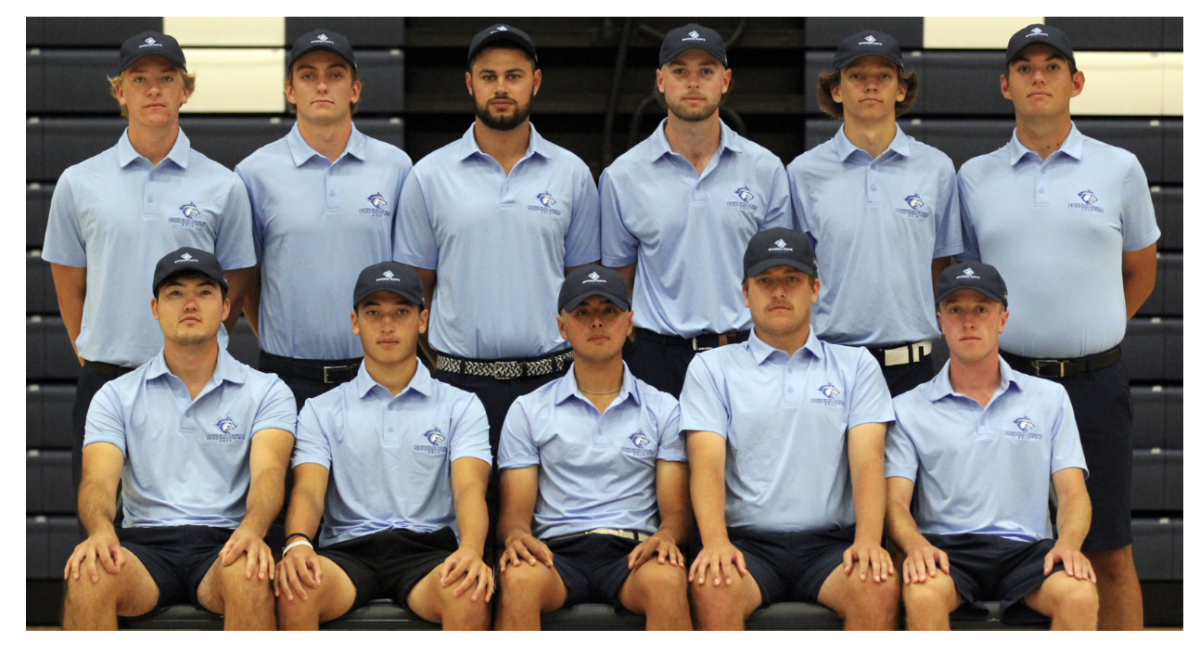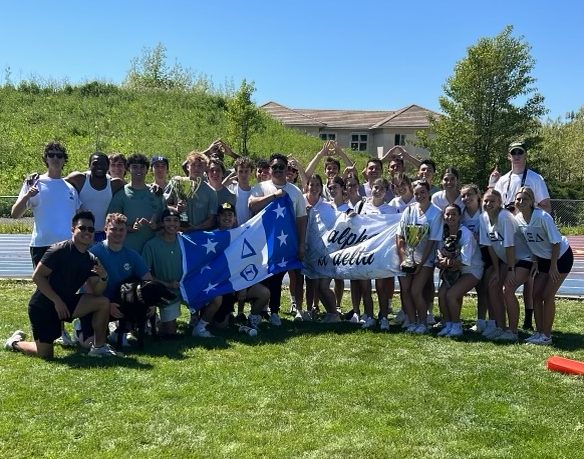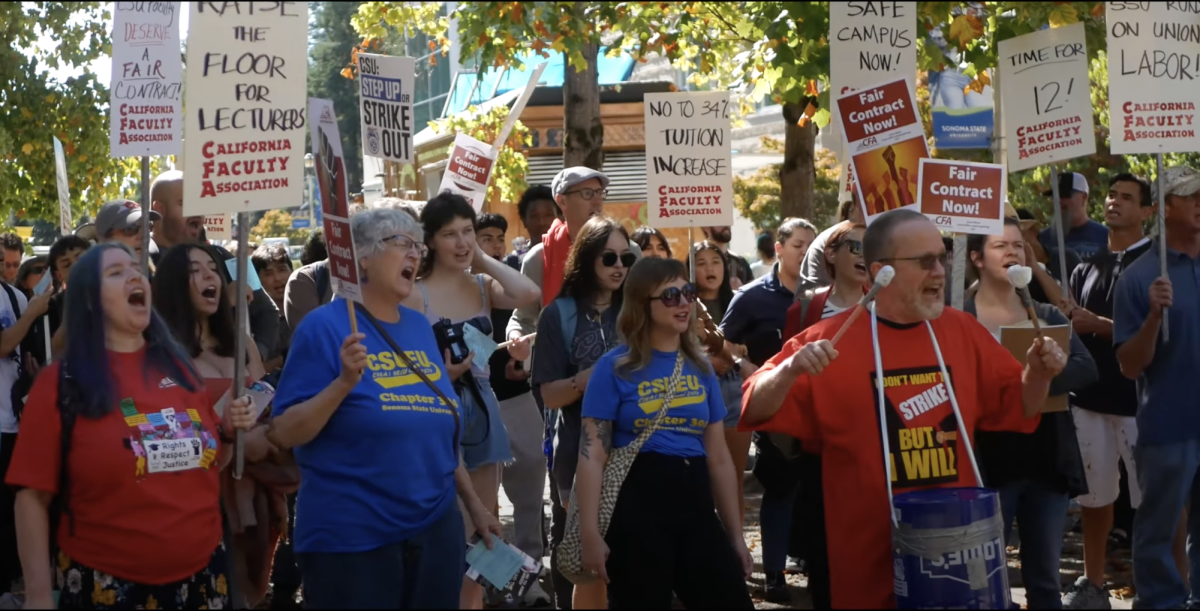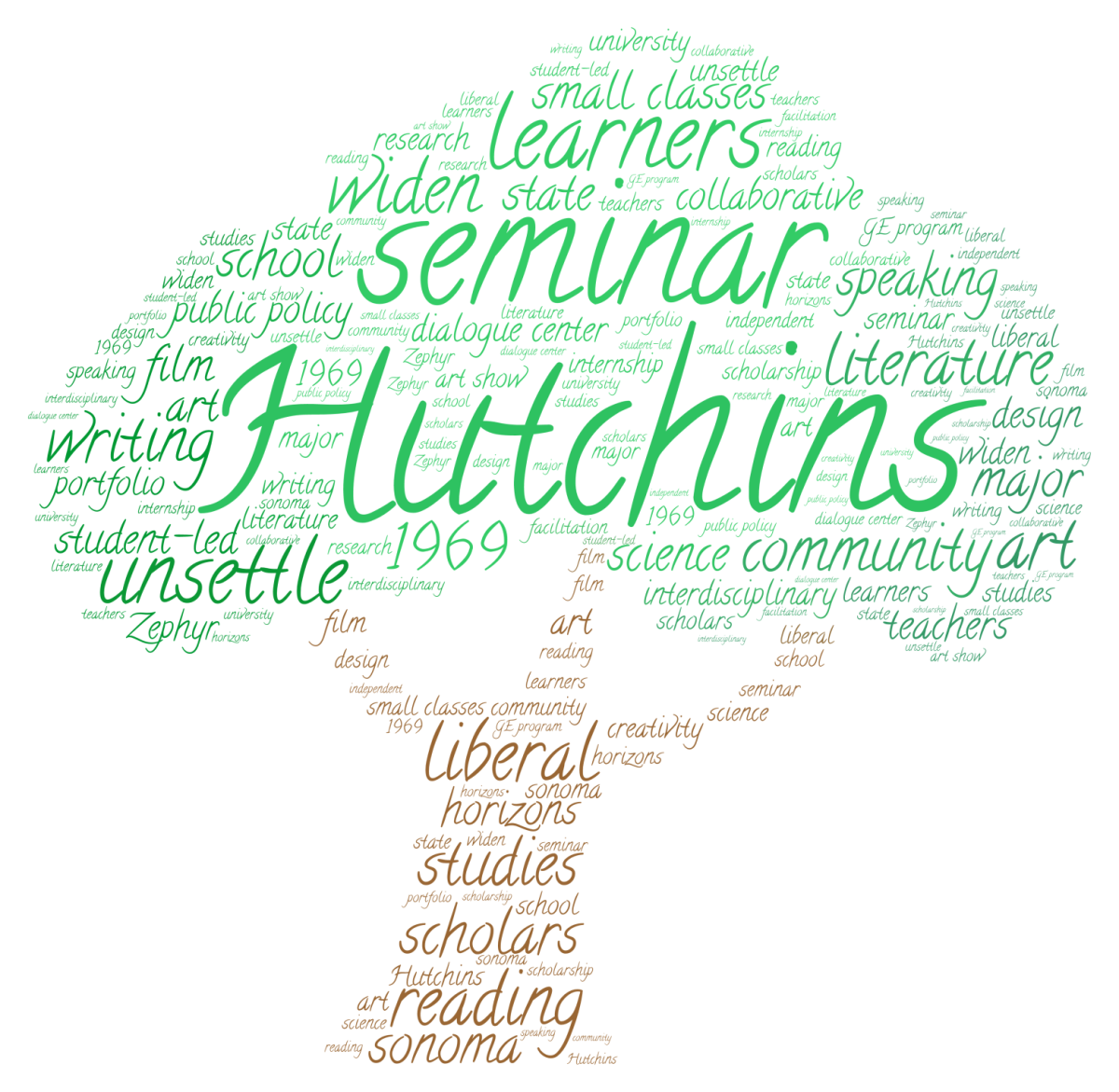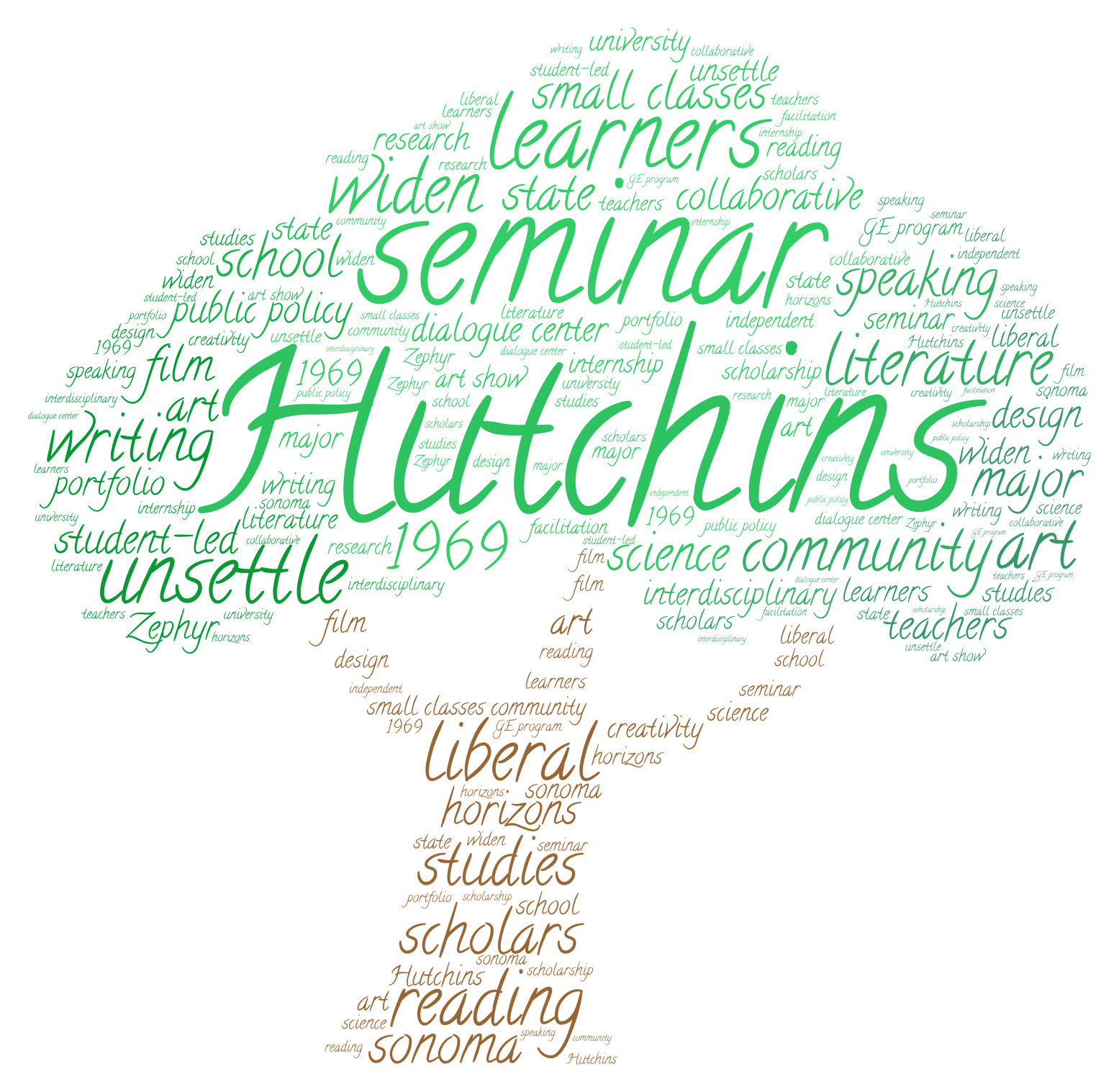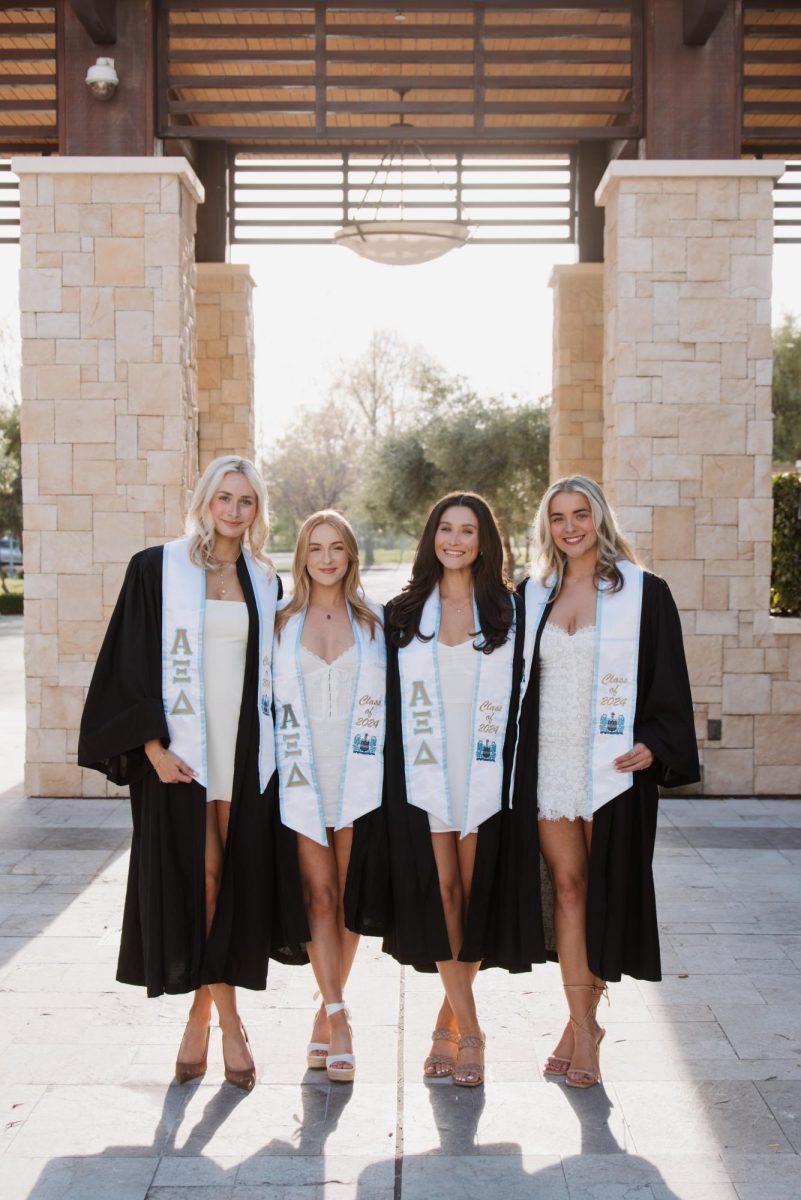What is Hutchins? In the 15 years I’ve been a faculty member of the Hutchins School of Liberal Studies, I’ve heard Hutchins called a “cult,” “arts and crafts,” the “touchy feelies,” the “fruits and nuts” and a host of other phrases that somehow imply Hutchins is not as academically rigorous or worthwhile an academic program as other majors on campus.
During the past four-plus years serving as director of Hutchins, I’ve learned a lot about the inner workings of the program. Now that I’m stepping down as director, I want to take a few minutes to set the record straight.
Here are my top 10 myths and facts about the Hutchins School of Liberal Studies (in no particular order):
1. Myth: Hutchins is only for elementary school teachers. Fact: Only 75-85 percent of our majors (Tracks II and III) go on to become elementary school teachers. Our Track I majors design their own individualized course of study consisting of both classes within Hutchins and from other majors. I often refer to Track I as the “design your own major major.” This flexibility in coursework design allows students to be directly responsible for their own learning and craft a program of study that fits their specific interests.
2. Myth: Hutchins students have it easy. Fact: Hutchins students are required to complete intense amounts of reading and writing, and to connect their coursework to their personal lives and culture. For example, next semester in LIBS 102 – In Search of Self, students will be required to read over 20 books in this 12-credit class (nearly two books a week). They will also complete several projects and essays. The amount of reading Hutchins students do in both lower-division and upper-division classes would make even some English majors balk.
3. Myth: You have to start Hutchins as a freshman. Fact: Our Track III does require that students begin as freshmen, but Track II and Track I majors can transfer into Hutchins as juniors – as on- or off-campus transfer students.
4. Myth: There are no tests. Fact: Hutchins does require two large classes with exams. Other classes, while not employing tests as assessment tools, do require reading, writing, projects and portfolios. Also, our teacher track students are required to take courses outside of the major, most of which include examinations.
5. Myth: The Hutchins program is not academically rigorous. Fact: According to the “high impact practices” outlined by the Association of American Colleges and Universities (aacu.org/leap/hips), Hutchins employs all of the suggested high impact practices including: “1) first-year seminars and experiences; 2) common intellectual experiences; 3) learning communities; 4) writing-intensive courses; 5) collaborative assignments and projects; 6) undergraduate research; 7) diversity/global learning; 8) service learning, community-based learning; 9) internships; and 10) capstone courses and projects.” In fact, programs like Freshman Year Experience and the new learning communities found campus wide are patterned, in part, on the pedagogical techniques Hutchins has been using for more than 40 years. Additionally, 100 percent of Hutchins students surveyed for our most recent departmental review considered themselves “lifelong learners,” which is, in my view, the point of higher education.
6. Myth: Hutchins is an “expensive” program in terms of student-faculty ratio and other indicators. Fact: Though many Hutchins core classes are small seminar classes with 15 or fewer students, Hutchins has a student-faculty ratio just slightly lower than departments that also pedagogically require smaller classes. For example as of most recent statistics from the School of Arts and Humanities, Hutchins has a ratio of 24.13, with English being 24.44 and art at 25.99.
7. Myth: Hutchins lower-division general education students must remain Hutchins. Fact: Many of the students who complete our lower-division general education program leave Hutchins and complete their upper-division coursework in other majors. In fact, one of the past student presidents of Sonoma State University was one of our general education majors who went on to major in political science.
8. Myth: Hutchins doesn’t have a minor. Fact: Students can complete a 20-unit minor in Hutchins, called the “Minor in Integrative Studies” (see page 184 of Sonoma State catalog). This allows students who leave our lower-division general education to attend other majors, or students who want to take advantage of the Hutchins small seminar courses, to experience what it has to offer without committing to our 40-unit major.
9. Myth: Hutchins doesn’t teach regular general education classes. Fact: Hutchins does teach two large general education classes for sophomores each year. These classes typically have around 200 students and topics vary by faculty expertise and have included “Minorities in American Cinema,” “Cultures of American Capitalism, “Africa and the Diaspora” and our upcoming course for spring 2015 is “Bollywood.”
10. Myth: A degree in liberal studies does not prepare you for future jobs and activities. Fact: Hutchins is excellent preparation for graduate school. Most graduate programs rely on small seminar format classes. Students in Hutchins excel in these classes because they have already had years of experience in small seminar courses.
Hutchins is great preparation for future careers. We have had our majors become successful lawyers, non-profit organizers, social workers, media and film professionals, parks and recreation coordinators, librarians, diplomatic liaisons, and, of course, outstanding elementary school teachers and principals.
Additionally, according to a 2013 article in Forbes (forbes.com/sites/susanadams/2013/10/11/the-10-skills-employers-most-want-in-20-something-employees/), employers are looking for the following traits in their 20-something employees: “1. Ability to work in a team; 2. Ability to make decisions and solve problems; 3. Ability to plan, organize and prioritize work; 4. Ability to communicate verbally with people inside and outside an organization; 5. Ability to obtain and process information; 6. Ability to analyze quantitative data; 7. Technical knowledge related to the job; 8. Proficiency with computer software programs; 9. Ability to create and/or edit written reports; and 10. Ability to sell and influence others.”
Of these traits, the small seminar style pedagogy that Hutchins employs especially fosters traits 1, 2, 3, 4, 5, 9 and 10.
To wrap-up this little pro-Hutchins rant, I’d like to let you know a few more facts about Hutchins:
1. Hutchins graduates the third highest number of SSU students each year.
2. We have a community outreach center called the Hutchins Institute for Public Policy, which connects SSU and Hutchins to many different community programs including migrant worker programs.
3. We have an art show every fall semester and publish a literary magazine, Zephyr, each spring.
4. We have a Dialogue Center that coordinates discussions after campus talks, between different campus groups, and strives to promote understanding and conversation about difficult topics like race, class and gender.
5. We have a Degree Completion Program for students who need to complete degrees with minimal on-campus attendance (a program through Extended and International Education).
To be fair, yes, we do use glitter in some of our classes, but I hope that you will now understand, as our bumper sticker says, that “Hutchins: [is] More than Just a Cult.”
Heidi LaMoreaux is director of the Hutchins School of Liberal Studies at Sonoma State University.

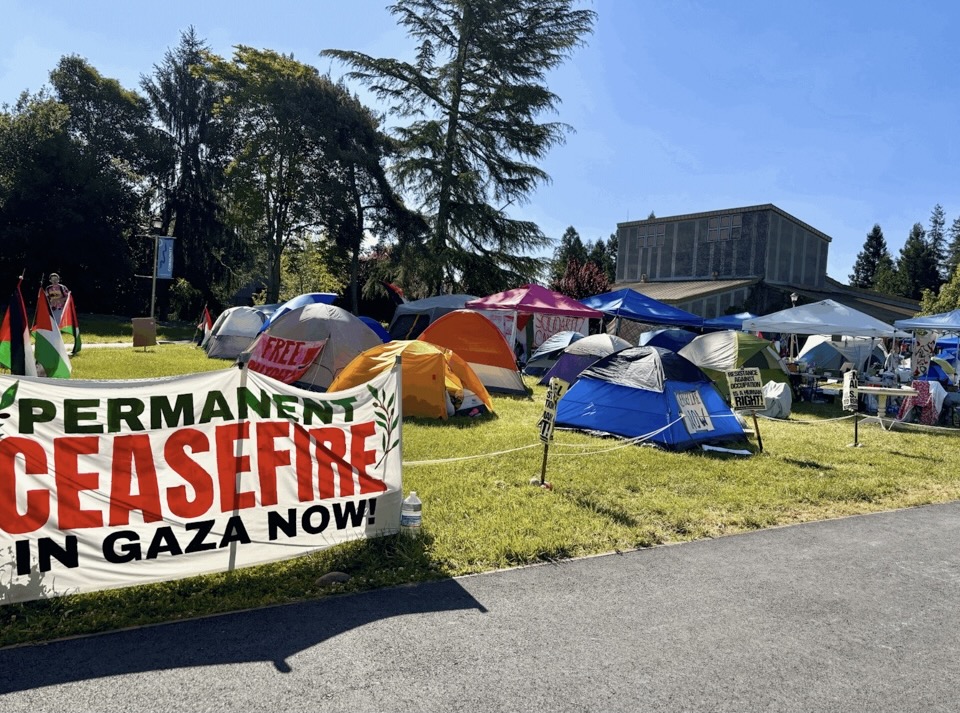
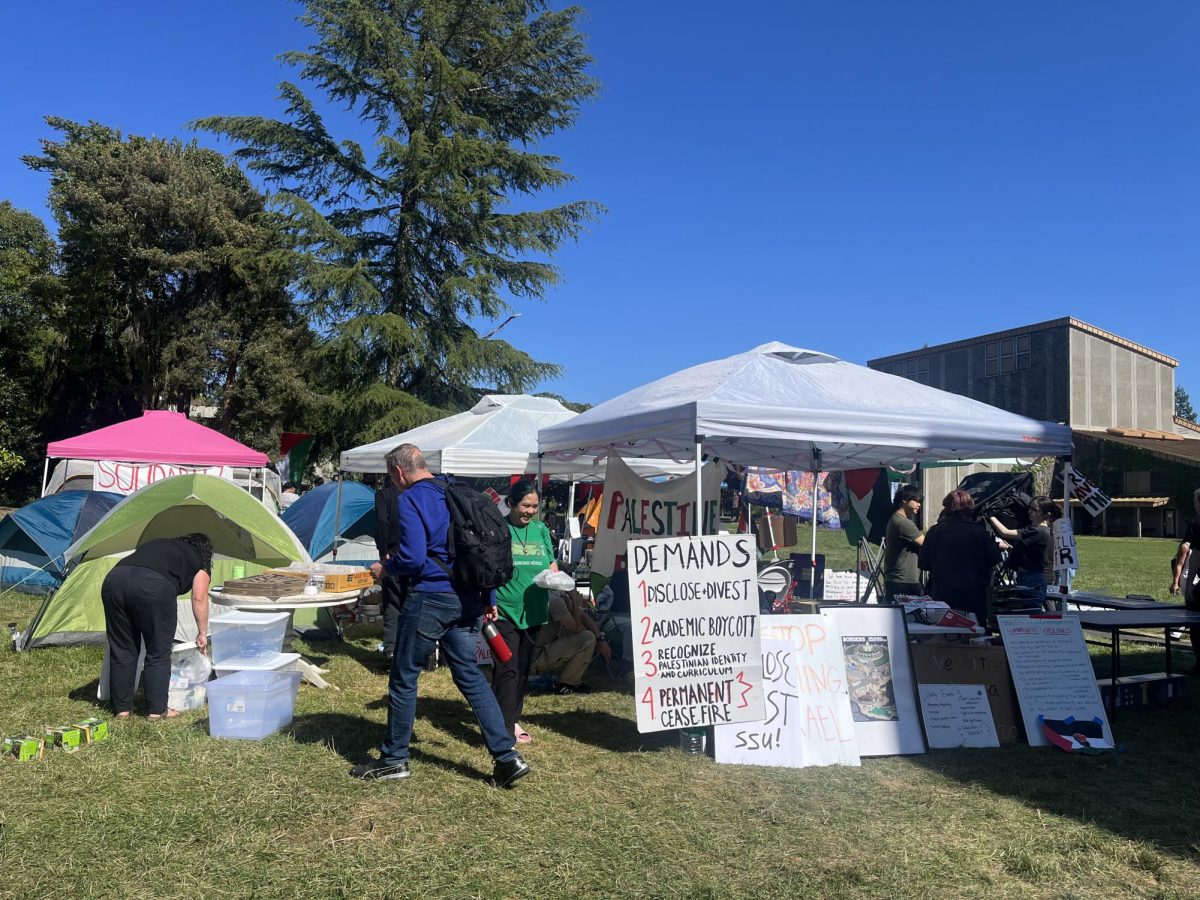

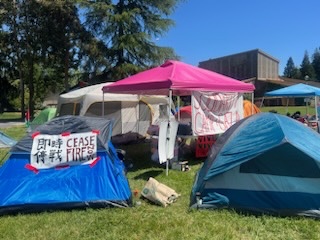
![[Both photos courtesy of sonoma.edu]
Ming-Ting Mike Lee stepped in as the new SSU president following Sakakis resignation in July 2022](https://sonomastatestar.com/wp-content/uploads/2024/04/CC4520AB-22A7-41B2-9F6F-2A2D5F76A28C-1200x1200.jpeg)
